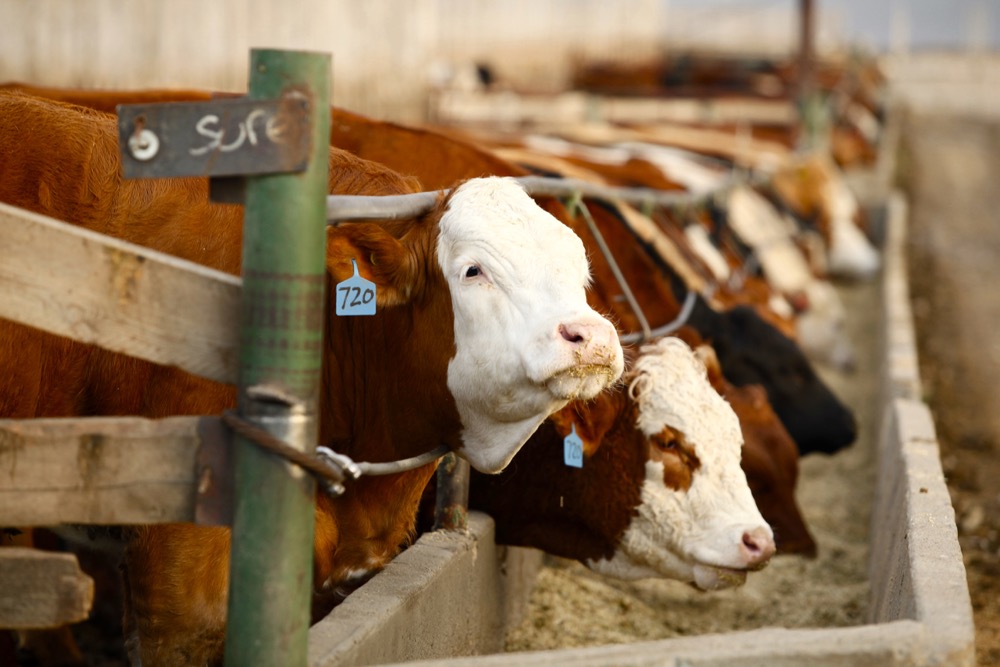Chicago | Reuters — The U.S. Department of Agriculture said on Monday it had detected a type of bird flu in a wild duck in central Montana that appeared to match one of the strains found during an outbreak of the disease in 2014 and 2015 that led to the deaths of millions of chickens.
No U.S. poultry have been found to be sick or dead from the disease in connection with the latest discovery, USDA said.
The sample came from a bird harvested by hunters in Fergus County, roughly 250 km south of where the state line meets the Alberta/Saskatchewan provincial border.
Read Also

U.S. livestock: Cattle strengthen Tuesday
Cattle futures on the Chicago Mercantile Exchange were stronger on Tuesday, with cold temperatures hitting the northern U.S. Plains and…
Different strains of bird flu, which can be spread to poultry by wild birds, have been confirmed across Asia and in Europe in recent weeks. Authorities have culled millions of birds in affected areas to control the outbreaks.
In 2014 and 2015, the U.S. killed nearly 50 million birds, most of which were egg-laying hens, during its bout of highly pathogenic avian influenza, or HPAI. The losses pushed U.S. egg prices to record highs and prompted trading partners to ban imports of U.S. poultry.
“This finding serves as a powerful reminder that there is still HPAI circulating in wild birds, and producers and industry need to continue to be vigilant about biosecurity to protect domestic poultry,” said Jack Shere, the USDA’s chief veterinarian.
The infected mallard duck in Montana was found as part of routine surveillance for bird flu, according to USDA. The agency said it was actively looking for the virus in commercial poultry operations, live bird markets and in other wild migratory birds, which can carry the disease without appearing sick.
The strain of flu detected in Montana was a “Eurasian/North American reassortant” of the H5N2 strain of the virus, according to USDA.
France, which has the largest poultry flock in the European Union, has reported outbreaks of the highly contagious H5N8 bird flu virus.
In South Korea, the rapid spread of the H5N6 strain of the virus has led to the country’s worst-ever outbreak of bird flu.
In China, people have died this winter amid an outbreak of the H7N9 virus in birds.
No human infections have occurred in the U.S., according to the USDA.
— Reporting for Reuters by Tom Polansek in Chicago, with files from AGCanada.com Network staff.















